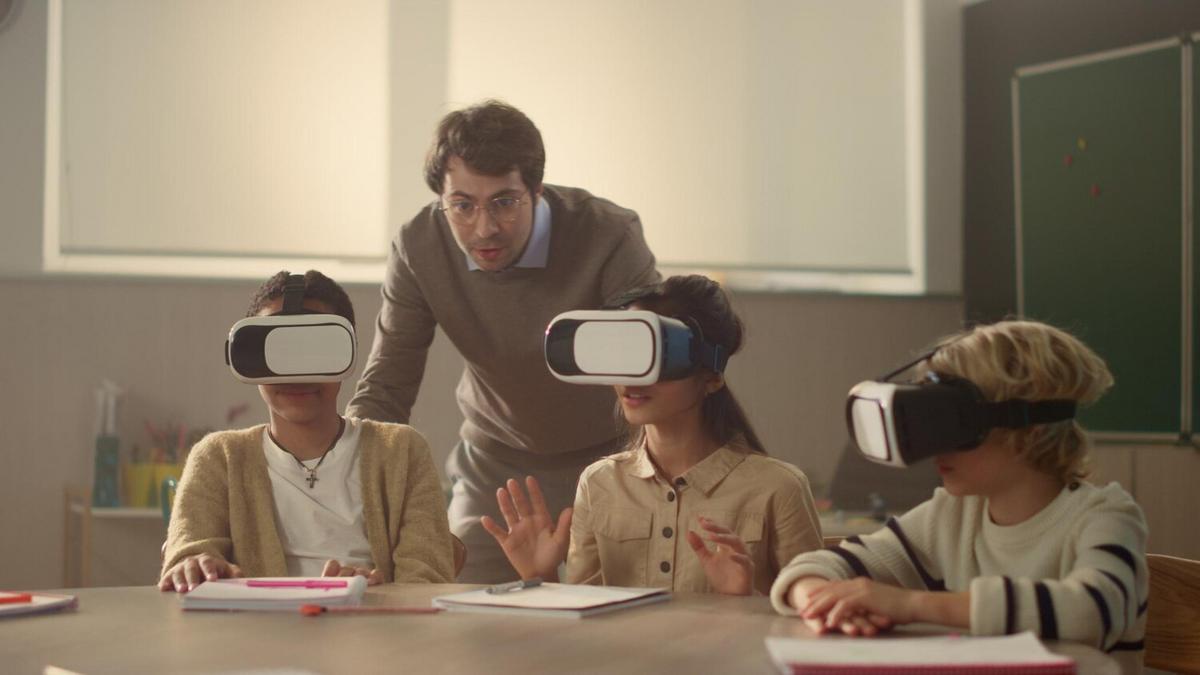
How Augmented Reality is Enhancing STEM Education
Augmented Reality (AR) is transforming the landscape of STEM education by creating immersive and interactive learning experiences that engage students like never before.
Imagine a classroom where students can explore the intricacies of the human body, witness historical events firsthand, or experiment with chemical reactions without any safety risks. Augmented Reality (AR) is making this possible, turning textbooks into dynamic learning tools. According to a study published in the Journal of Science Education and Technology, classrooms that integrated AR technology saw a 25% improvement in student engagement and understanding.
Why Augmented Reality in STEM Education?
AR technology overlays digital information on the real world, providing an enriched learning environment. This is particularly beneficial in STEM fields, where complex concepts often require visualization to fully grasp. Dr. Mark Anderson, an educational technology expert, notes, “AR bridges the gap between theoretical knowledge and practical application, making STEM subjects more accessible and enjoyable for students.”
Real-world Applications of AR in Classrooms
There are numerous ways AR is being utilized in education:
- Interactive Models: Students can manipulate 3D models of molecules or structures, enhancing their spatial understanding.
- Virtual Labs: Conducting experiments in a virtual space eliminates the risk of hazardous outcomes while fostering a hands-on learning experience.
- Historical Reconstructions: AR can bring historical events to life, allowing students to ‘walk’ through significant moments in time.
| Application | Benefit |
|---|---|
| 3D Models | Improves spatial awareness and retention |
| Virtual Labs | Safe and repeatable experimentation |
| Historical Reconstructions | Engages students with immersive storytelling |
| Mathematical Visualizations | Clarifies abstract concepts |
| Language Learning | Contextual vocabulary enhancement |
| Geographical Exploration | Interactive map navigation |
| Environmental Studies | Simulates ecological changes |
| Art and Design | Inspires creativity with virtual tools |
Actionable Tips for Educators
To successfully integrate AR in the classroom, consider these strategies:
- Start Small: Begin with simple AR apps to get comfortable with the technology before scaling up.
- Collaborate: Work with colleagues to share resources and ideas for AR lesson plans.
- Engage Students: Encourage students to create their own AR projects to deepen their understanding.
Challenges and Considerations
While AR offers numerous benefits, it’s important to consider potential challenges such as the cost of devices and the need for technical training. However, grants and educational partnerships can help alleviate these concerns.
Frequently Asked Questions
How can AR improve student engagement in STEM?
AR provides interactive and immersive experiences that make learning more engaging and relatable, encouraging students to explore and participate actively.
What are some recommended AR tools for STEM education?
There are various AR apps and platforms available, such as those for 3D modeling and virtual labs, which can enhance the learning experience.
Are there any downsides to using AR in education?
Aside from the initial setup cost and learning curve, AR can sometimes be seen as a distraction if not properly integrated into the curriculum.
Conclusion
Augmented Reality is reshaping STEM education by offering innovative ways to engage and educate students. By incorporating AR into classrooms, educators can create a more interactive and meaningful learning environment. As technology continues to evolve, embracing these tools can help prepare students for a future where digital literacy is paramount. Explore the potential of AR in your teaching practices and watch your students’ understanding and enthusiasm for STEM subjects soar.


